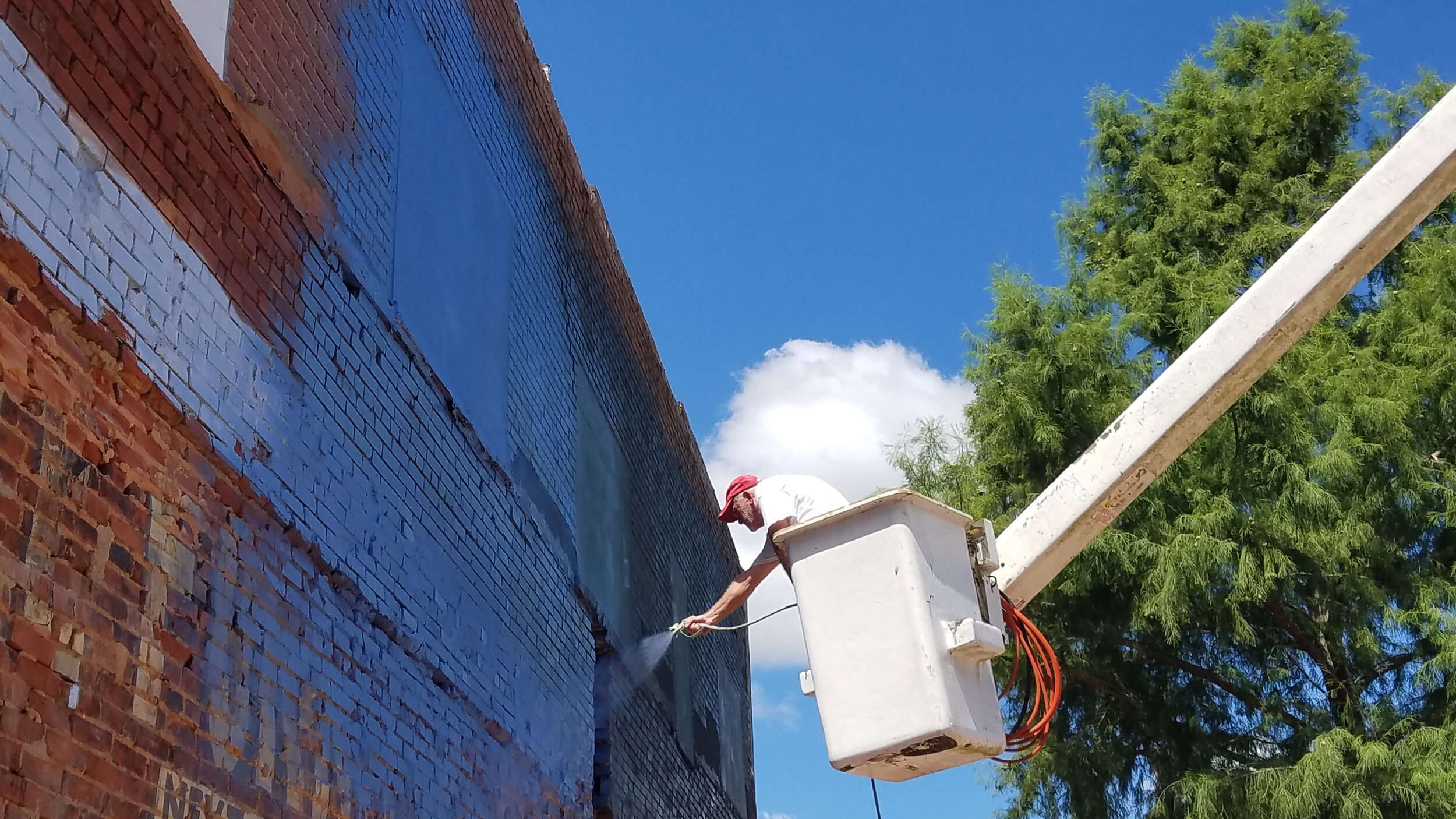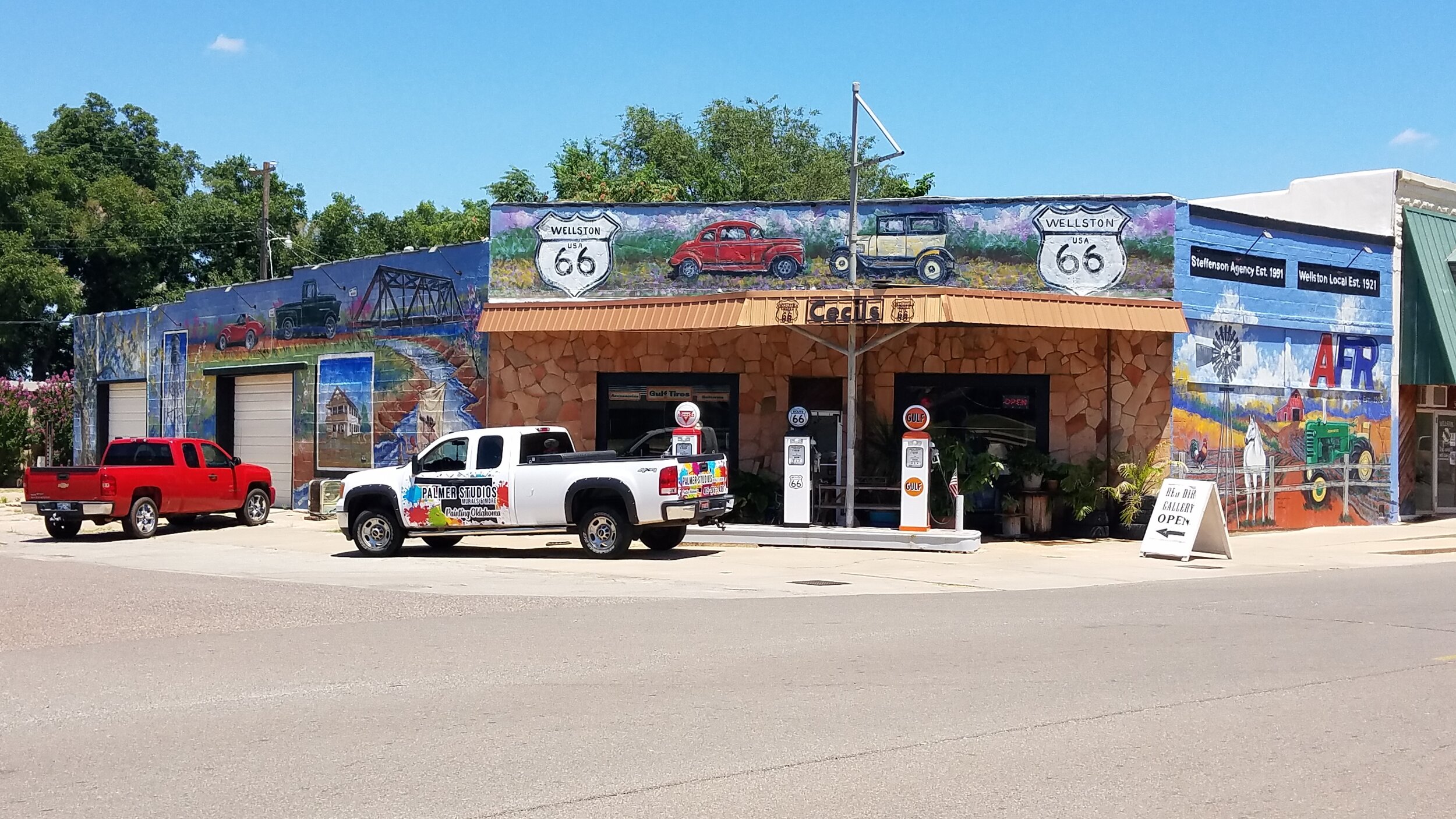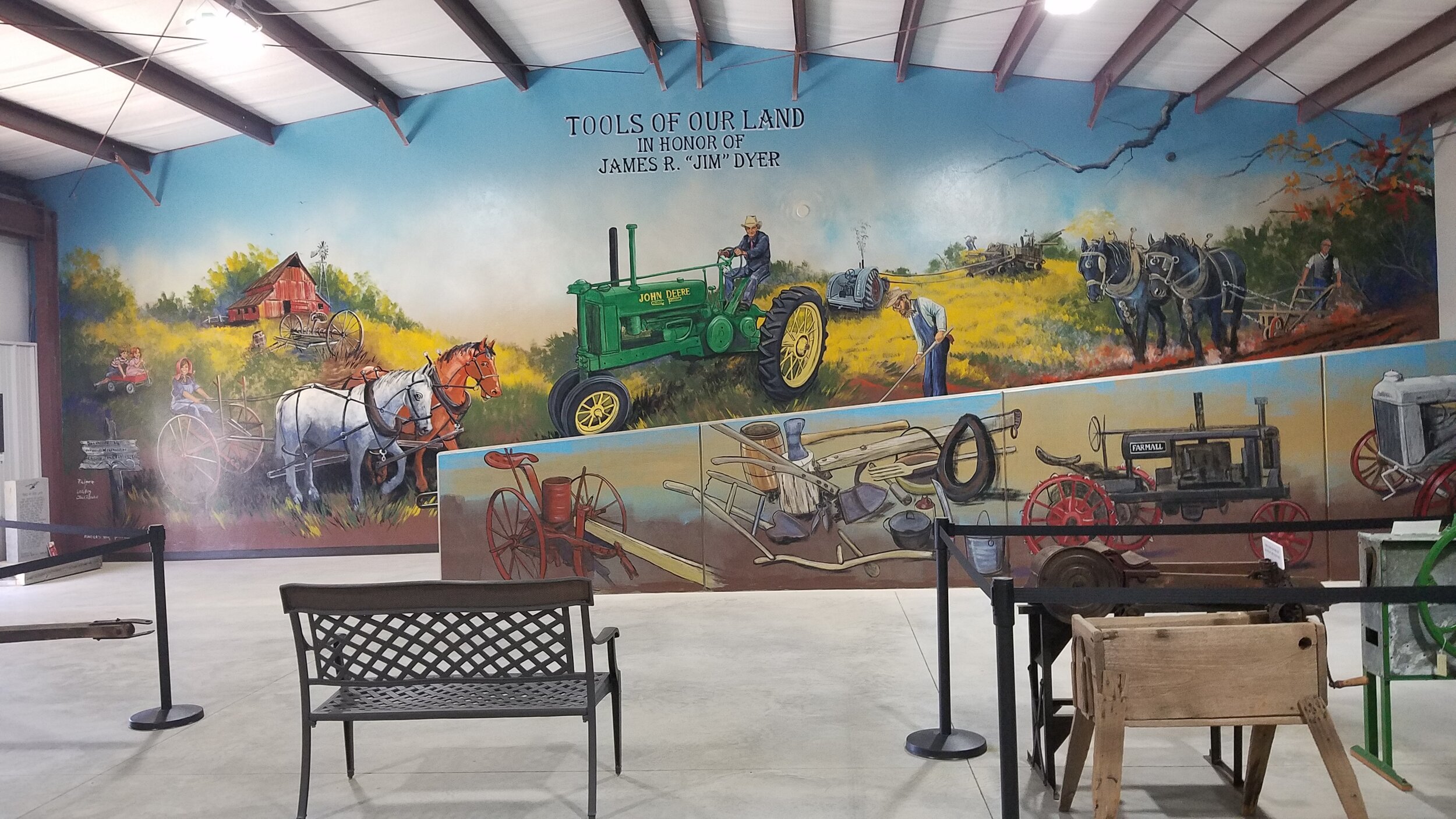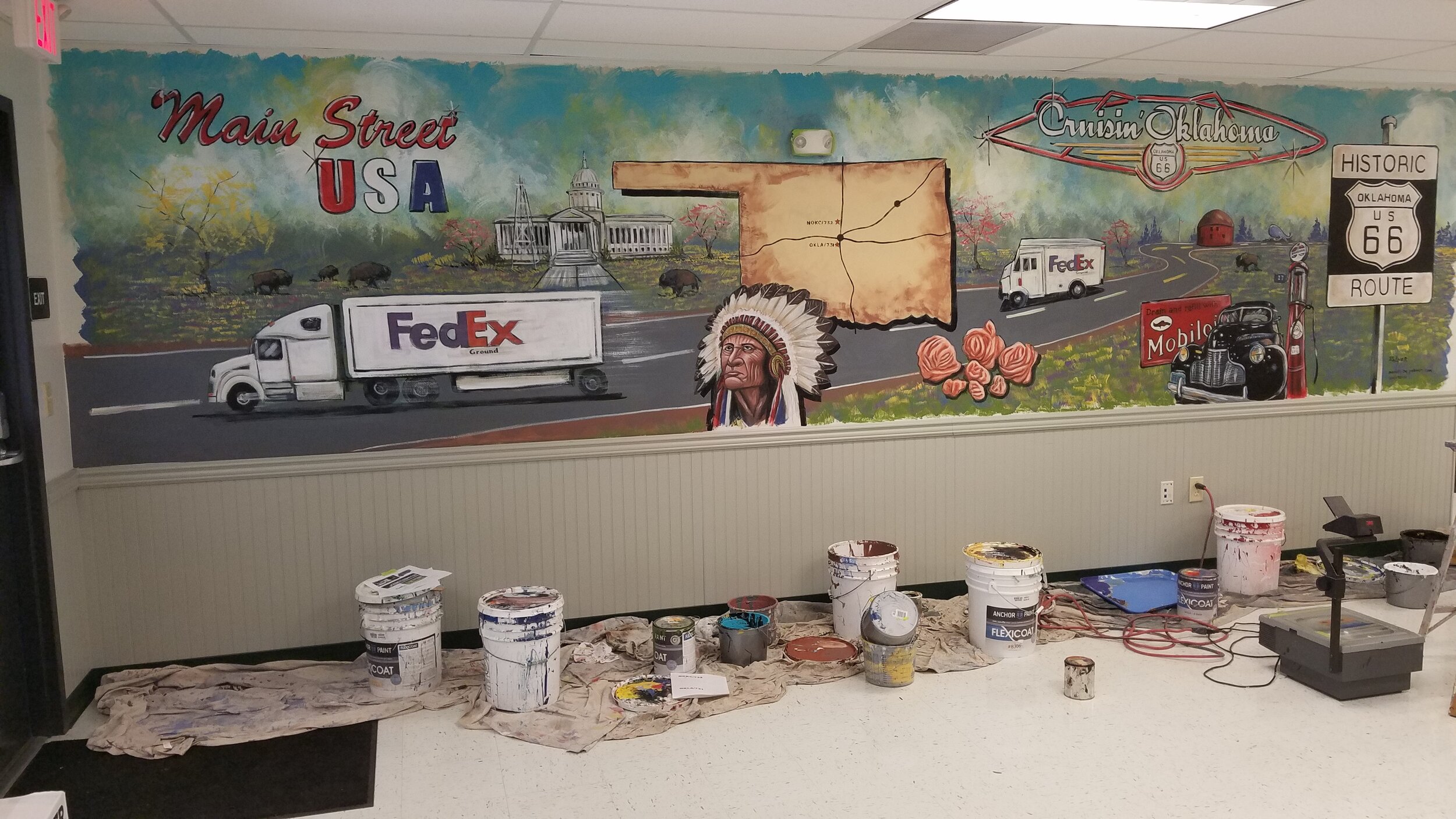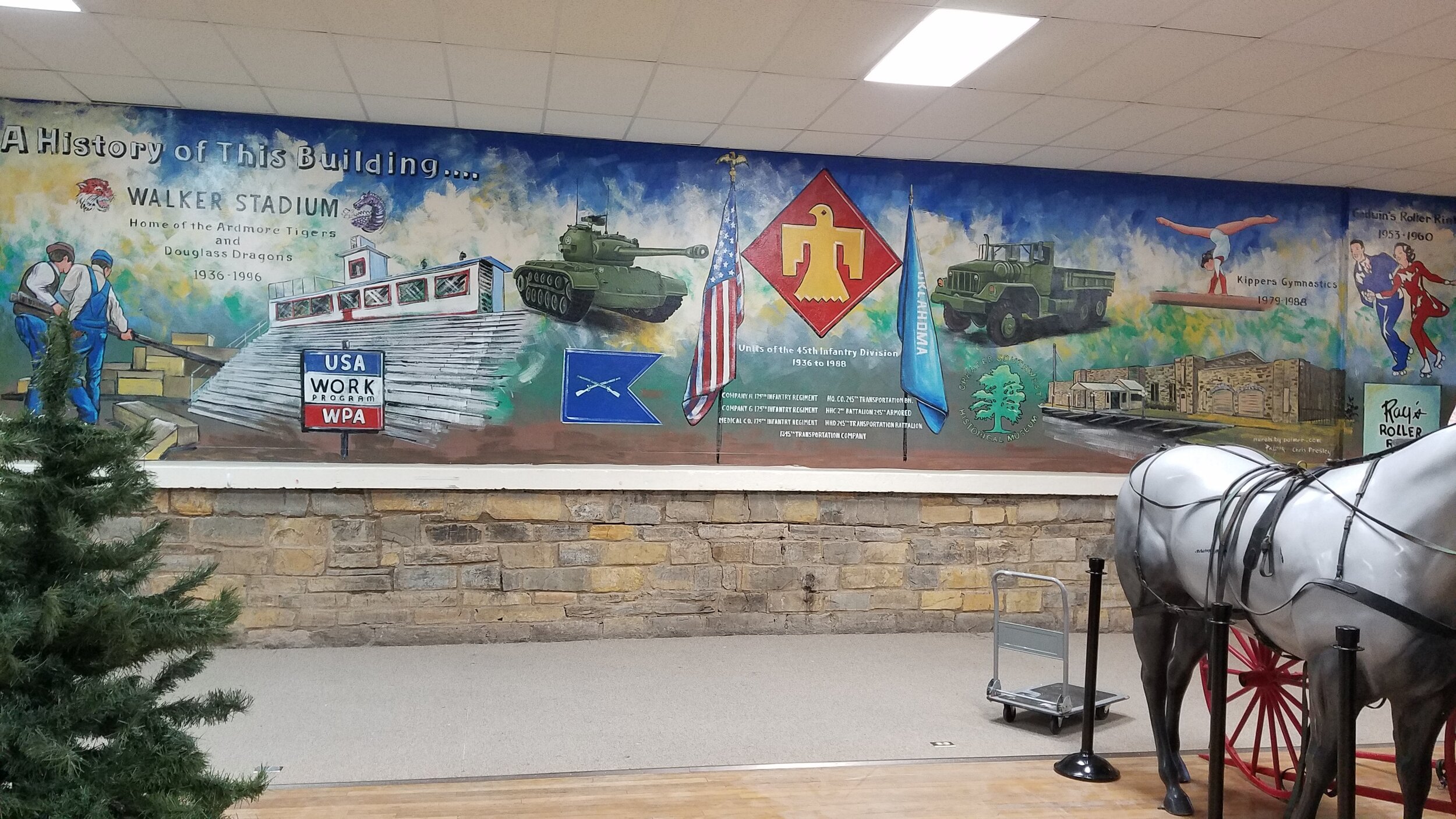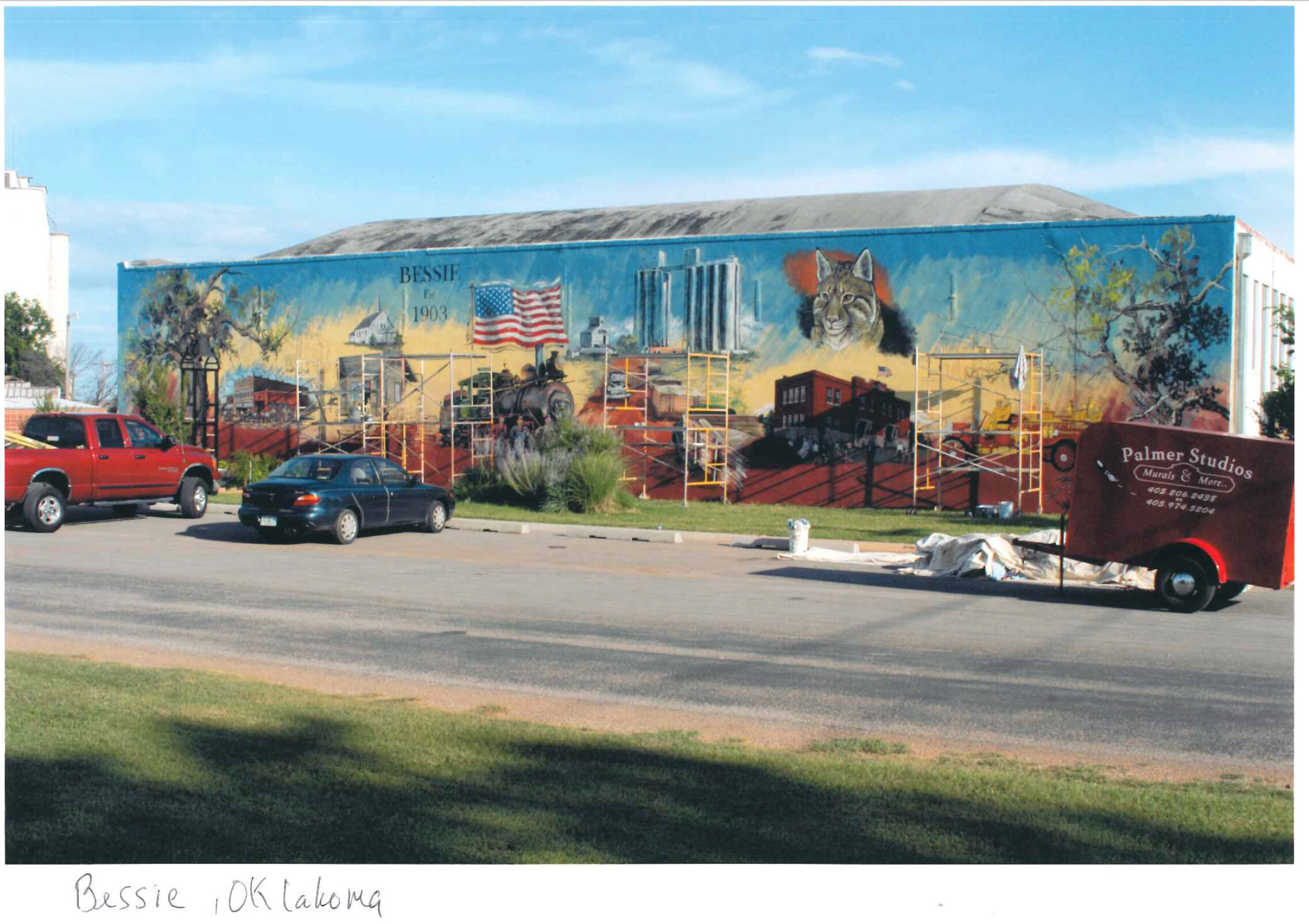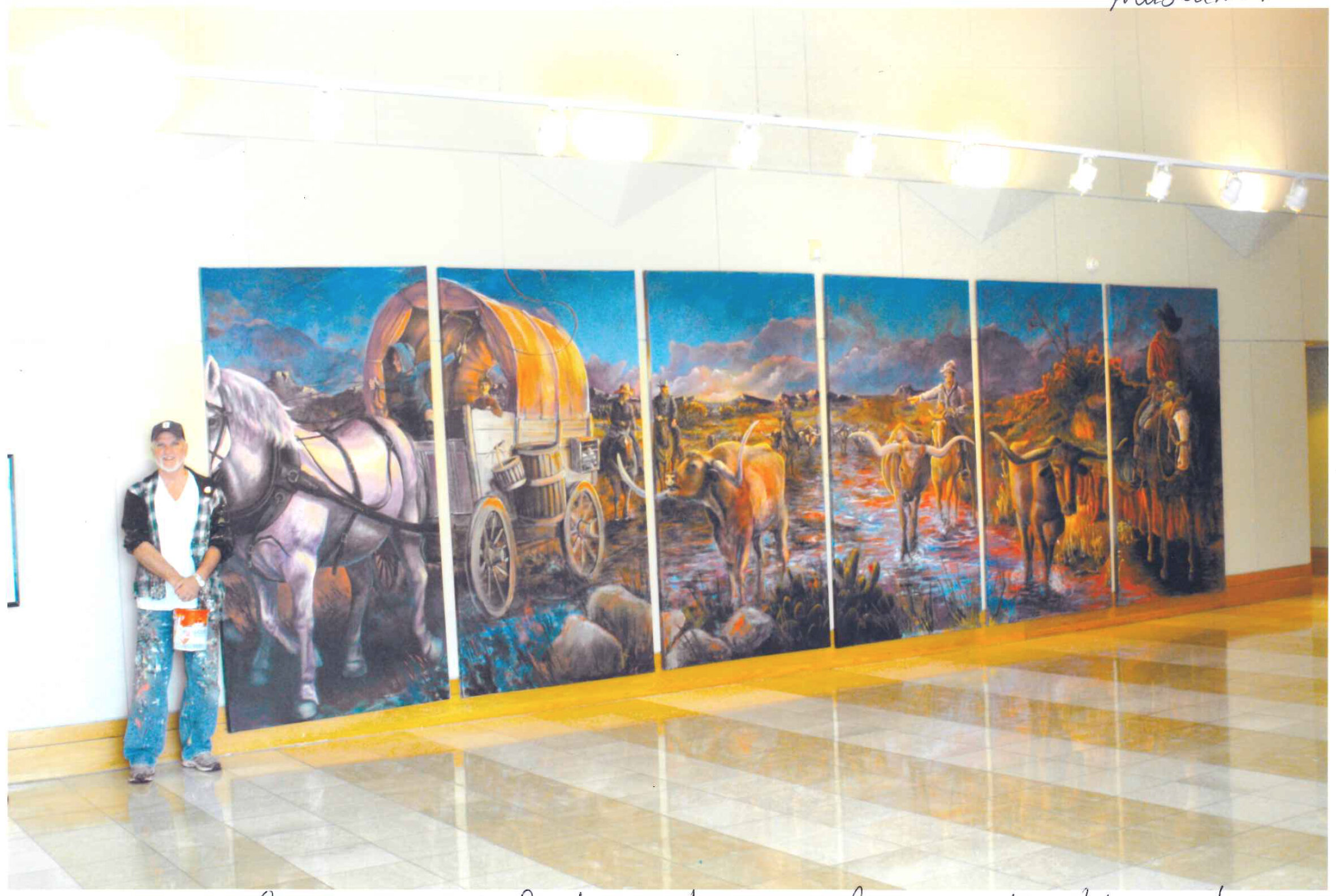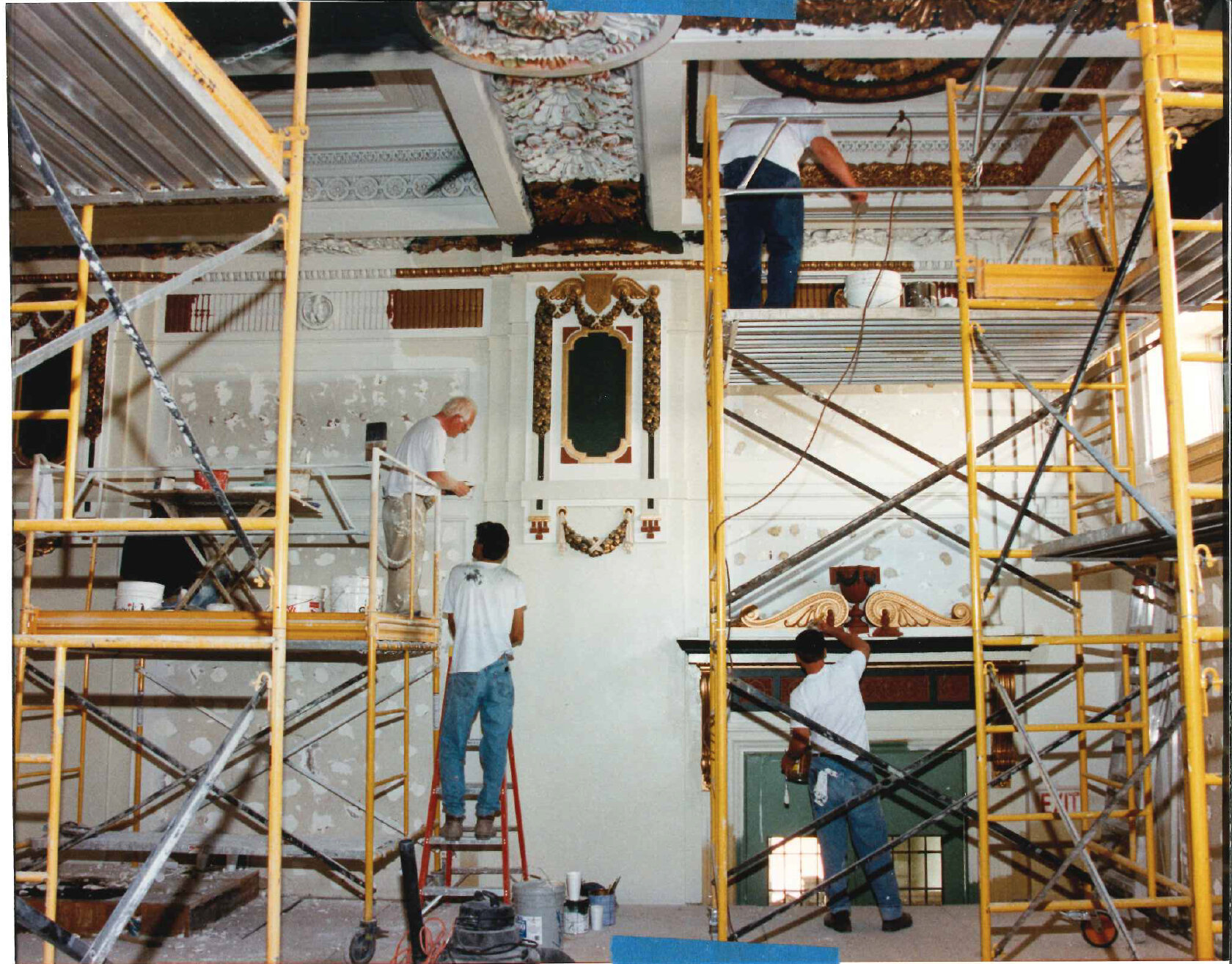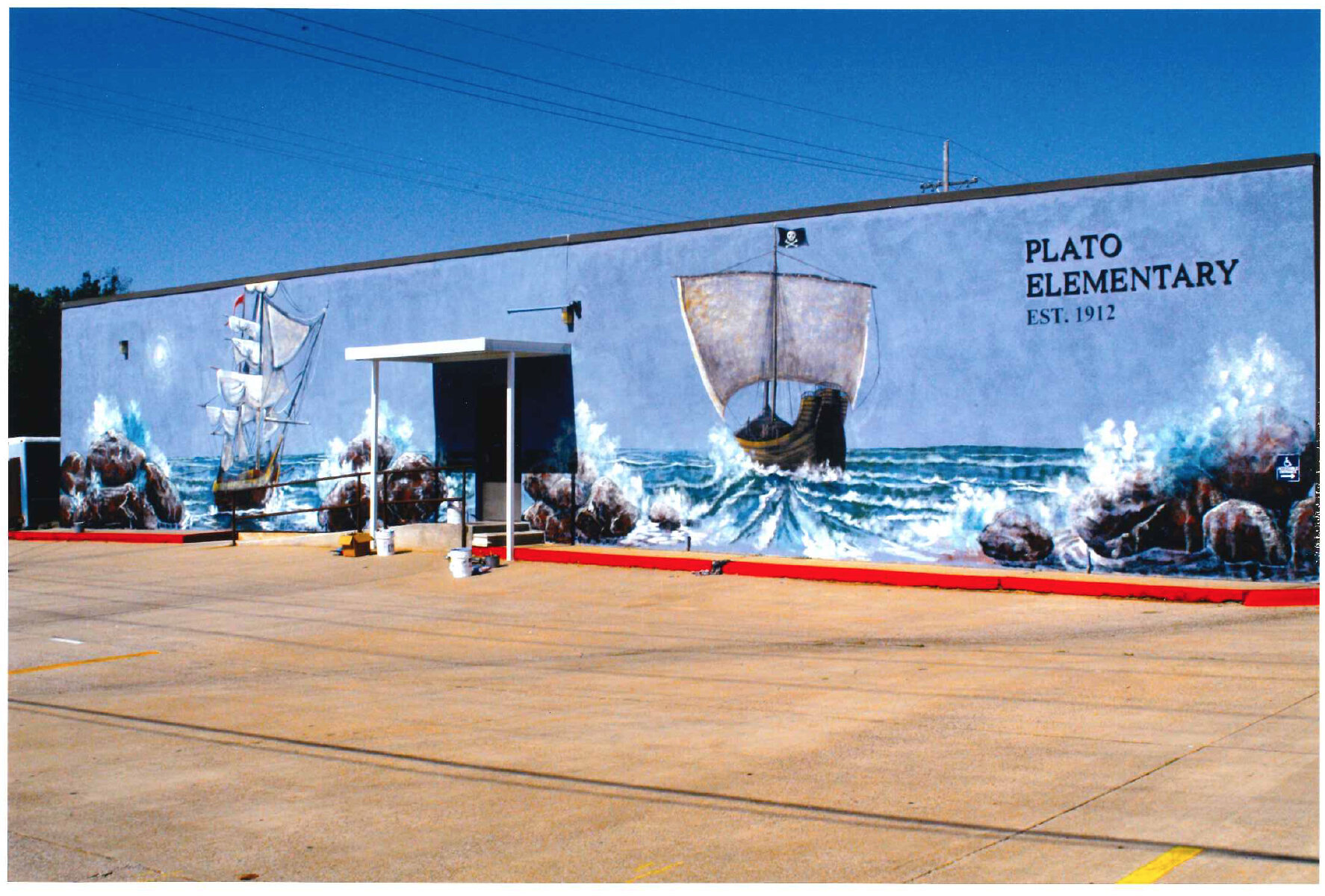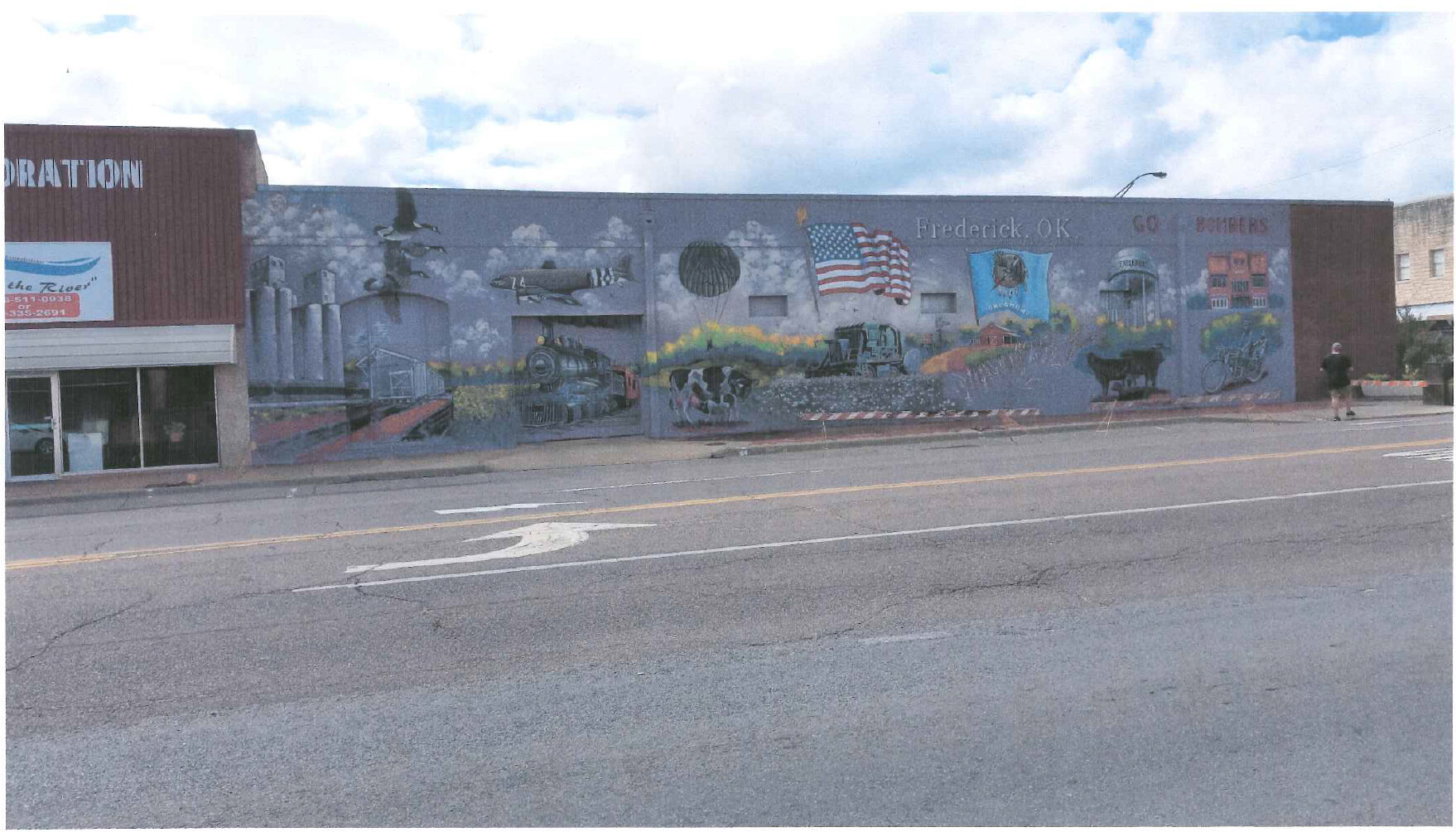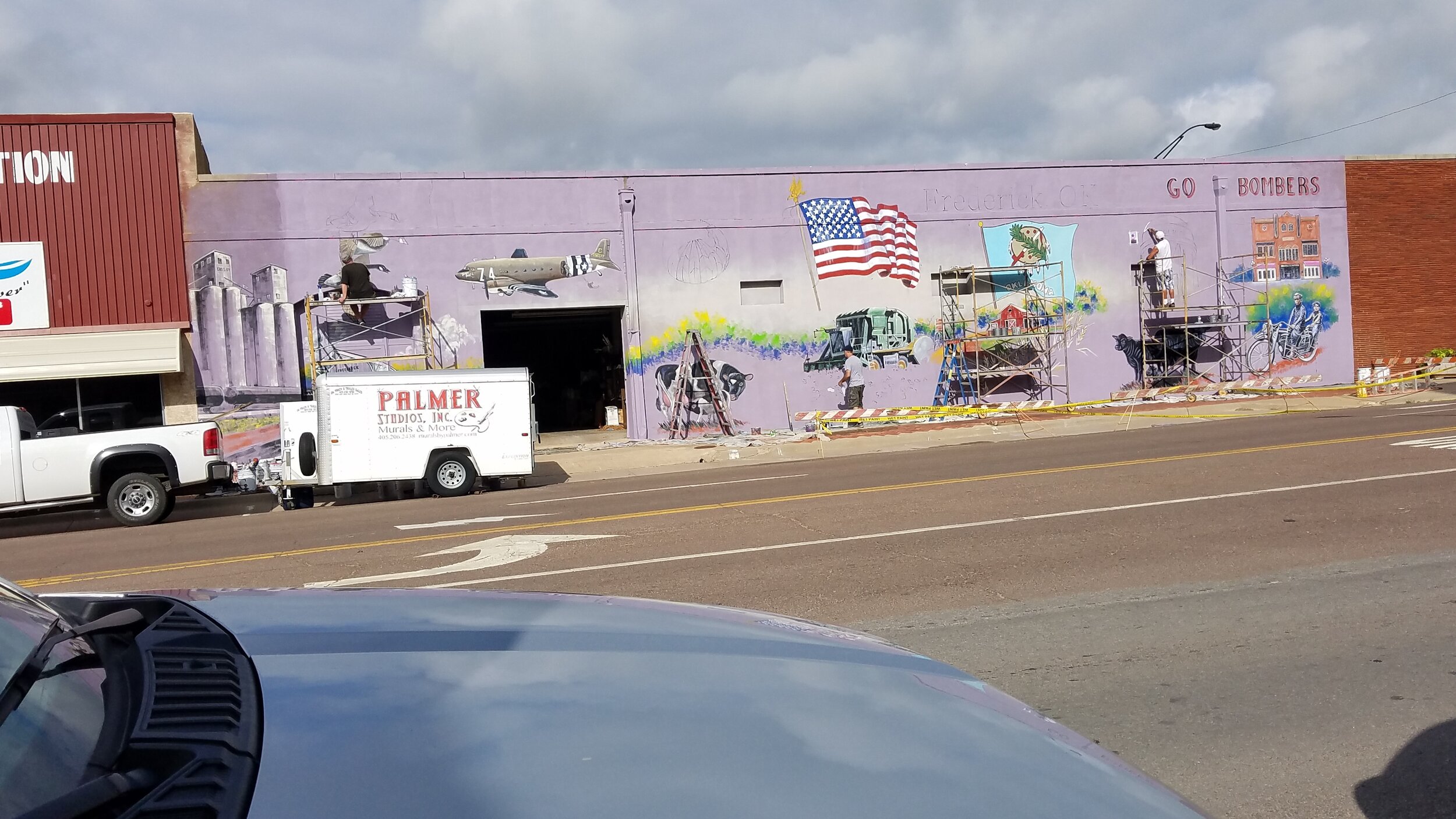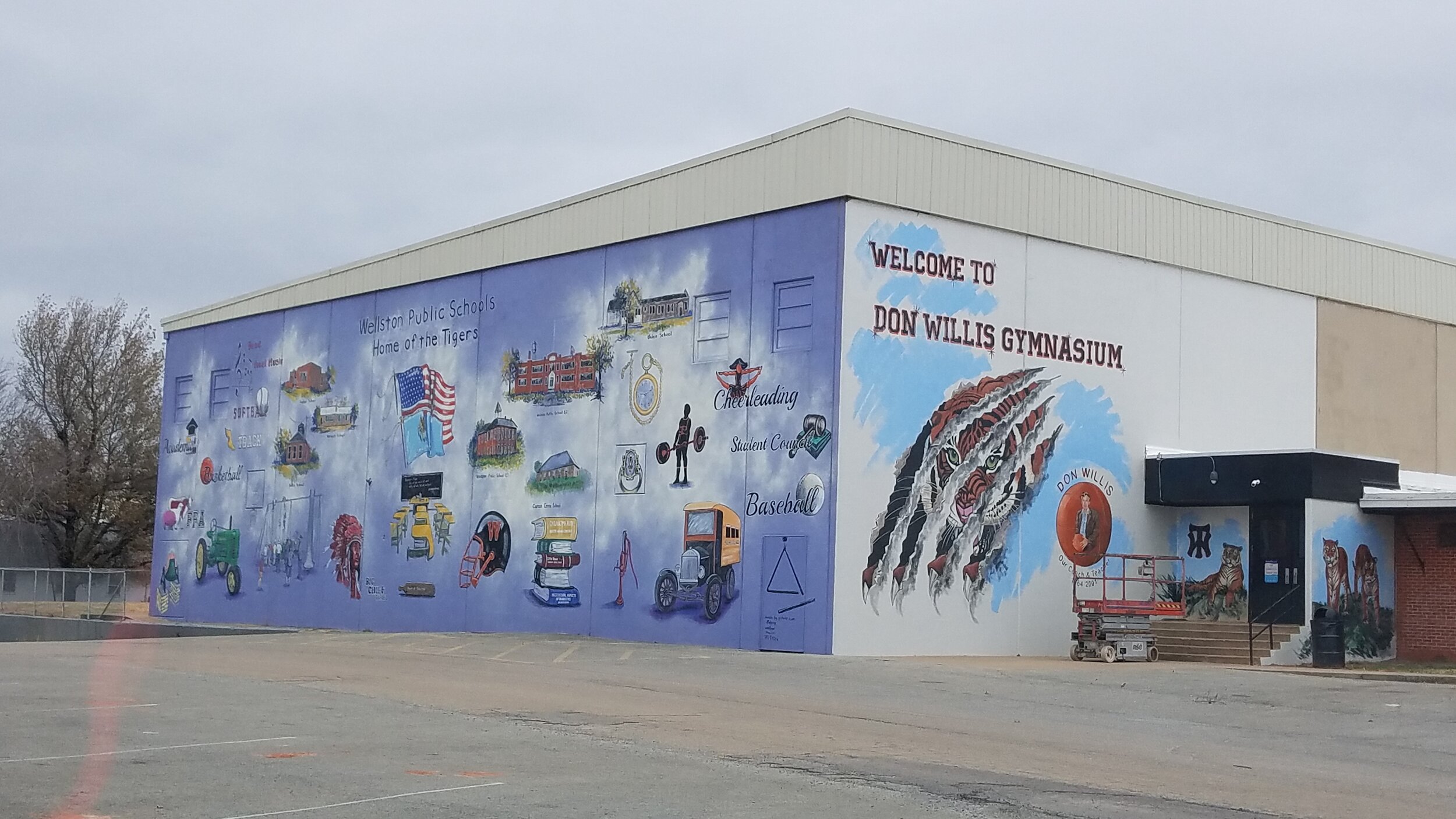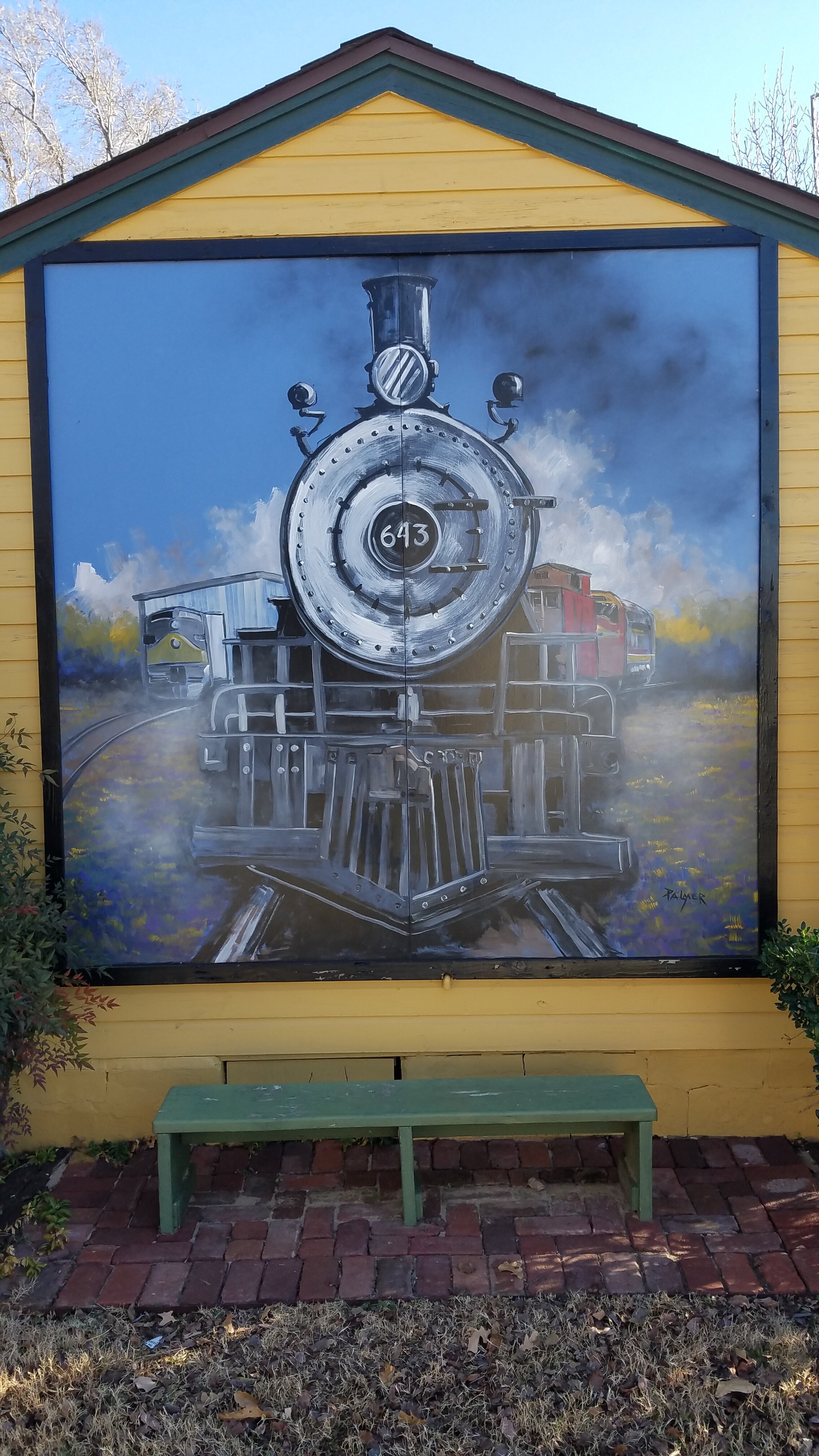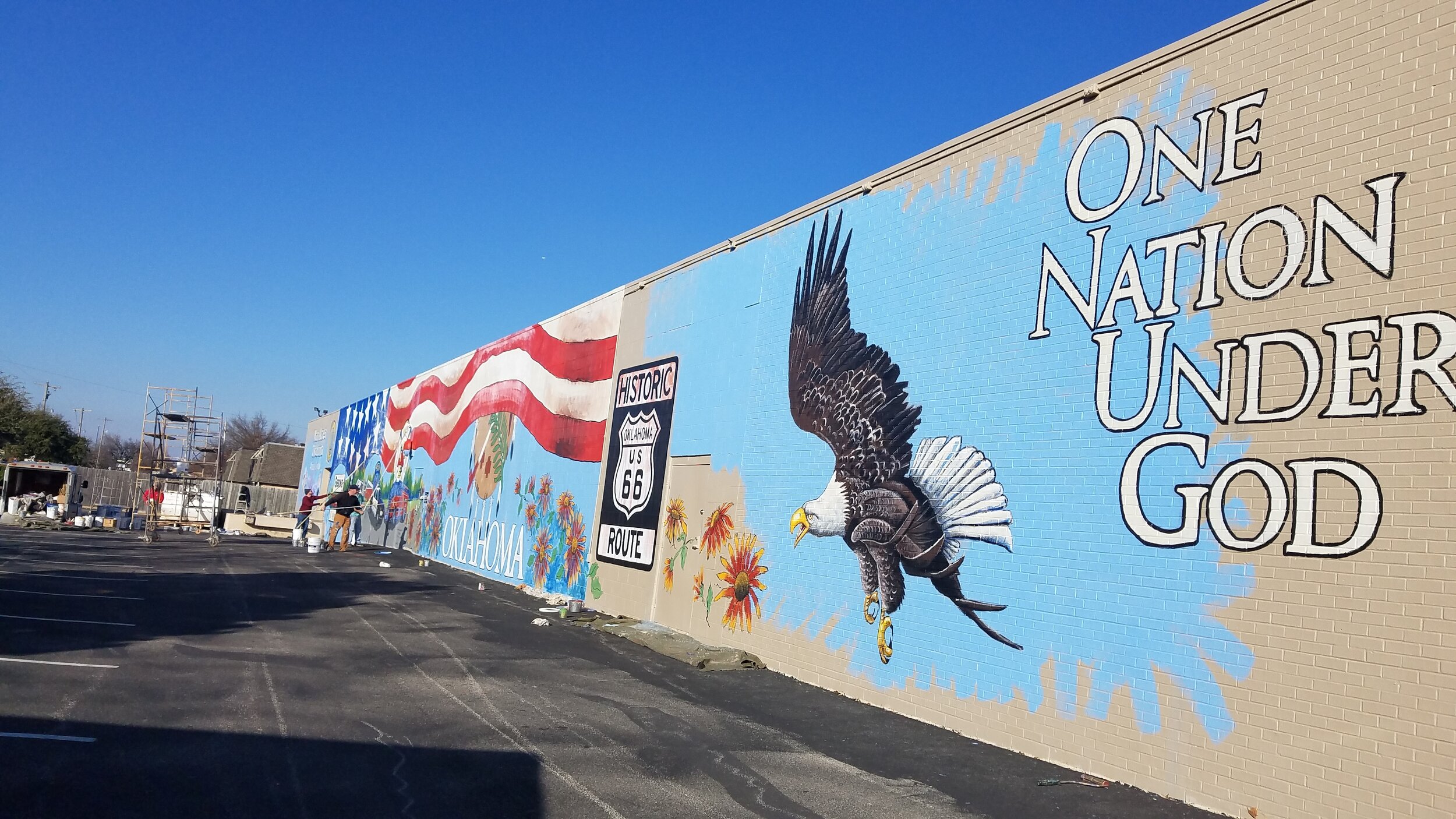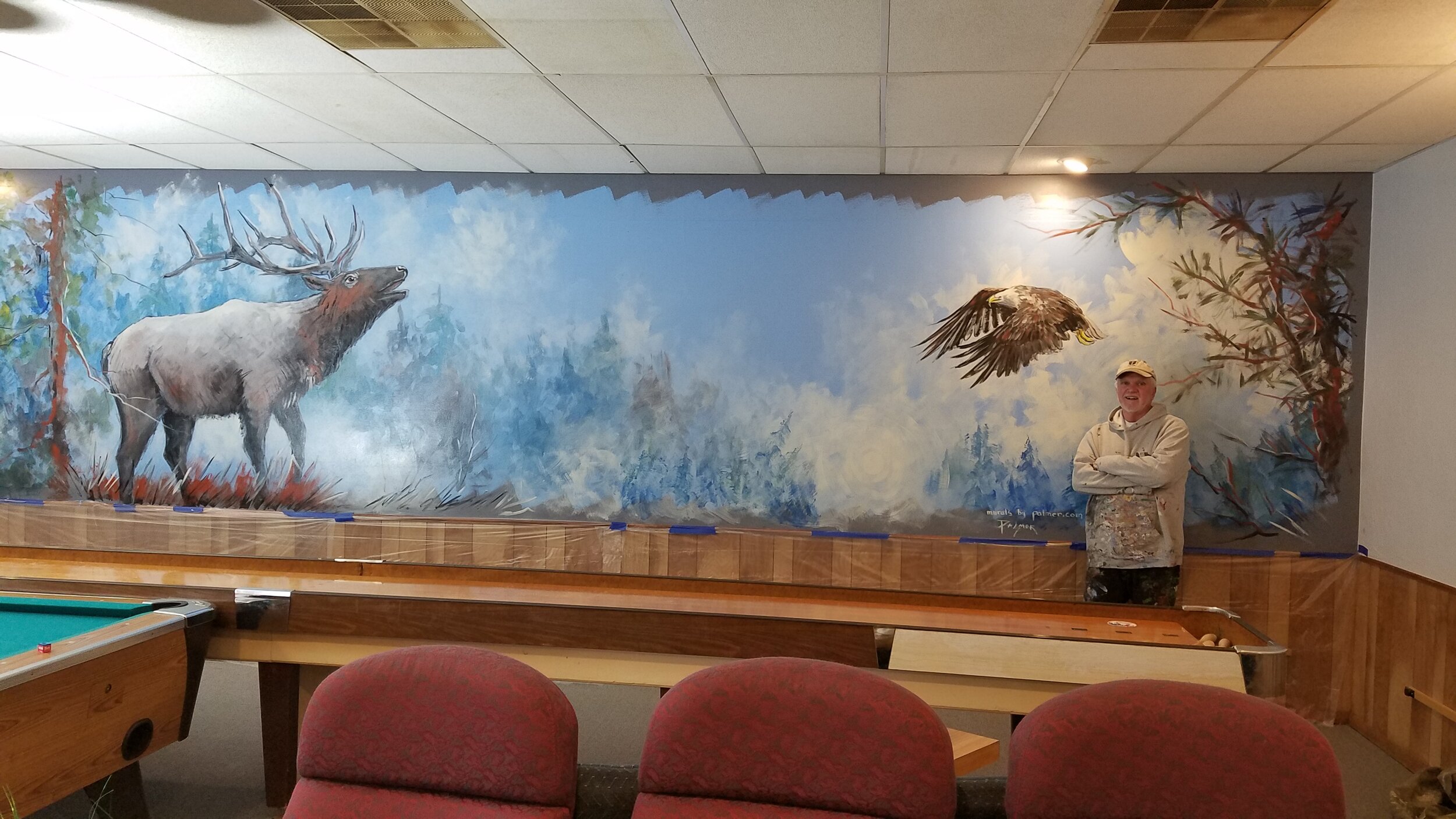Oklahoma Muralist Creates Community Pride
You’ve probably heard the saying, “a picture is worth a thousand words.” The truth of this adage, which dates to the early 1900’s, is that a picture usually does convey an impression much quicker and more effectively than the written word.
No truer examples of this adage are seen in the works of Oklahoma muralist, Dr. Bob Palmer. Palmer, who began his painting career in the home of his aunt at age 8, was born in Enid, OK and graduated from Walters High School. As a graduate student at East Tennessee State University (ETSU), he began painting murals while a dormitory director on the campus. He painted his first mural in the dormitory, “just to liven it up,” he stated.
After a 40-year teaching career, at both the K-12 and university levels, he retired as a Professor of Art, in the Department of Art at the College of Arts, Media and Design with the University of Central Oklahoma in Edmond. Palmer stated that his plans always included the painting of murals.
When asked what he loves most about painting, Palmer says that it is the creativity and working with his hands. “To me, painting is relaxing and therapeutic,” Palmer added.
As you have travelled across Oklahoma and beyond, you have probably enjoyed the work of Dr. Palmer, without even knowing who the painter of the historically themed murals on the sides of the buildings was. Over his career as a mural artist, Palmer and his team of former art students, have painted approximately 3,500 murals in Oklahoma, across the United States, and in several countries, including Mexico, Canada and Europe. Although he loves to paint murals on a large scale in high profile locations, such as along the train tracks on Broadway in Oklahoma City, he most loves painting them in small communities. According to Palmer, the joy and satisfaction that he receives when painting a mural on the side of a building in small town Oklahoma comes from the citizens of that community. “Each mural depicts that community’s history or significant event that remains alive to the residents because they can still relate to it and take pride in it. They love to see the past come alive in the murals,” Palmer said.
Palmer added that the process before starting to paint a mural includes a conversation with the client about their ideas and expectations, followed by research on the mural subject. “We must make sure that the details of the murals are perfectly accurate, down to the colors we use, facial expressions, dress and all other details,” he said.
The murals also act, not only as public art, but as a source of community pride and identity. “Every community has a past, a history, something that makes them unique. It is such an honor to be able to bring back the history and the memories in a living form, such as the murals,” Palmer added.
For his successes and the impact that Dr. Palmer has made in the area of art education and public art, he has received several recognitions. In 2001, he was recognized as the “Outstanding Oklahoma Higher Education Faculty Member” by the Oklahoma Art Education Association. During the State of Oklahoma’s centennial year, 2007, he was selected as the Feature Mural Painter, with large commissions at the Oklahoma State Capital complex, Bricktown and around Oklahoma City.
In 2013, former Governor Mary Fallin recognized Palmer’s contributions to the state by honoring him with the “Governor’s Art Award in Community Service.”
As you will view in our photo gallery and video examples below, public art, such as the murals painted by Dr. Palmer and his staff, are perfect examples of ways that our Oklahoma communities can embrace their history in a profound manner. When residents enjoy the murals by simply driving down the street on a daily basis, when former residents return, when visitors drive through the downtown area, or when children are old enough to appreciate the history depicted in the art, community pride begins to form in ways that sustains itself for generations to come.
If you are interested in showcasing your community’s history with a public art display, you may contact Dr. Palmer at palmerstudiosinc@gmail.com.

